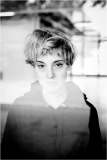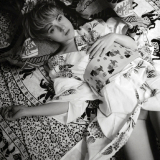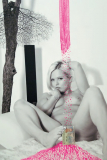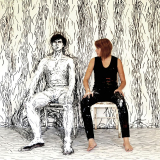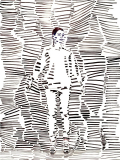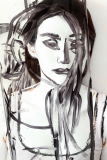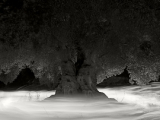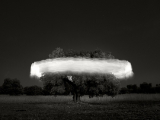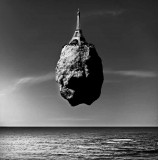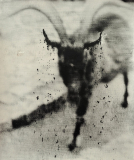Works
WITHOUT COLOR
At the end of the exhibition year, the Gallery for Contemporary Photography is devoting a studio exhibition to black and white photography or image motifs. The ten selected works by seven artists – Josef Karl, Giuseppe Lo Schiavo, Alexander Magedler, Alexa Meade, Valentina Murabito, Ugo Ricciardi, Nobuyuki Taguchi – not only combine a conscious examination of the aesthetic possibilities of a color scale reduced to gray values, but also the inclusion of the technical requirements of the black and white process in the image design.
2 December 2021 – 15 Janaury 2022
In view of the current pandemic situation, there will be no vernissage.
The following works are presented in the show:
WITHOUT COLOR
At the end of the exhibition year, the Gallery for Contemporary Photography is devoting a studio exhibition to black and white photography or image motifs. The ten selected works by seven artists not only combine a conscious examination of the aesthetic possibilities of a color scale reduced to gray values, but also the inclusion of the technical requirements of the black and white process in the image design.
The genre of portrait photography is represented by Alexander Magedler, Nobuyuki Taguchi and Josef Karl. Magedler concentrates on the contrasting eyes and hair of the model Vincent Littlehat standing behind a pane of glass, while the rest of the body is overlaid by the reflection of the pane. The same model stages Taguchi in the style of Japanese hentai or lolicon anime, with the fabric patterns of kimono, obi and woolen blanket forming an ornamental continuum, in contrast to which the model’s head and arms are formally delimited. Josef Karl’s works from the hIDe series appear provocative at first, as the nude models ostentatiously display their physicality, but their sometimes existential life experiences and fates are narrated and individualized by adding color accents and ID cards.
The American painter and photographer Alexa Meade paints backgrounds, objects and people with acrylic paint in a way that the camera eye believes to perceive a two-dimensional surface in the form of a coherent pictorial space instead of a three-dimensional space. Since her beginnings, subjects designed in black and white have played an important role in her oeuvre. Her street art motifs are sometimes reminiscent of Banksy’s stencil graffiti, but there are also stylistic links to Keith Haring. In “Line Up”, the artist adds glass panes as additional image layers, on which the contours of the model are repeated with an expressive gesture.
The Turin-based photographer Ugo Ricciardi transforms familiar places into magical visions, in which the darkness and the moonlight provide the background for mysterious photographs. The result is “Nightscapes”, a world that oscillates between reality and dream, characterized by shadows and indifferent light, in which the staging dominates. The use of black and white is essential for this, which makes it possible to escape the realism of color and to steer the gaze beyond the pure representation into a picture reality where space and moment are absolute.
The digitally created subject matter of Giuseppe Lo Schiavo also unfolds almost painterly values. Based on René Magritte’s “Le Château des Pyrénées”, Lo Schiavo designs a surreal compendium of architectural celebrities, each crowning a boulder that hovers over a sea shore. For Lo Schiavo, they show “not a physical reality, but rather they illustrate a ‘universe’ of thoughts, the freedom of the imaginary possibilities of the unconscious.” Not least with the help of the reduction into black and white, the obvious artificiality of painting is replaced by direct imagination.
The Sicilian photographer Valentina Murabito leads her way back to the beginnings of photography with her technique by changing, reworking and sometimes deforming the exposed motifs in the darkroom. The often archaic animal and human images of their homeland mutate completely into depictions of mysterious and diabolical creatures.
